What is 420 and/or 4/20 and/or 4:20?
If you've ever heard someone say "420" and wondered what it means, you're not alone. This number has become a common phrase in marijuana culture, often associated with cannabis use and legalization efforts.
So what is 420 exactly?
The story of 4/20 began in San Rafael, California, at San Rafael High School in the early 1970s. The story goes that a group of five friends, known as the Waldos, used to meet at 4:20 pm near a statue of Louis Pasteur on their school campus to smoke marijuana. The Waldos used the code "420" to refer to their marijuana consumption, and eventually, it became a shorthand for smoking cannabis in general.
The term "420" spread beyond the Waldos and eventually made its way into the broader cannabis zeitgeist, where it became synonymous with marijuana use. It was popularized by the band The Grateful Dead, who apparently were friends with the Waldos and helped to spread the term through their music and community.
Today, 4/20 is celebrated by cannabis enthusiasts all over the world, who use the day as an opportunity to gather together, smoke weed, and celebrate the cannabis culture. Many cities around the world hold 4/20 festivals and events, which draw large crowds of cannabis enthusiasts.
Over time, 420 has become a more widely known term as a cultural reference to weed itself and with the time of day when many people choose to consume marijuana, which is 4:20 p.m., making it more akin to what drinkers would associate as “happy hour.”
For those in the cannabis industry, 4/20 is also an important day, as it is a chance to celebrate their industry and the culture surrounding it. It is also an opportunity for businesses in the cannabis industry to showcase their products and services, as many companies release special 4/20-themed products or promotions to mark the occasion.
Beyond its significance in the cannabis industry, 4/20 has also become a symbol of the broader movement to legalize marijuana. Many advocates use the day as a chance to push more publicly for marijuana policy and legalization and raise awareness about the benefits of cannabis use and decriminalization.
As the cannabis industry continues to grow, 4/20 will continue to be an important date for those in the industry and the broader cannabis culture. It is a chance to celebrate the progress that has been made in the fight for marijuana legalization, and to come together as a community to support the industry's continued growth and success.
In addition to 420, there is another number that holds significance in the cannabis community: 710. Similar to 420, 710 is a code word that is used to refer to a specific aspect of cannabis culture. In this case, 710 is used to refer to oil or concentrates, which are highly potent forms of cannabis that are consumed through vaporization or dabbing.
The origins of 710 are not as well-known as those of 420, but it is believed to have emerged in the early 2010s. The number 710 when written upside-down, like when viewed on a beeper for instance, resembles the word "OIL" when viewed from certain angles. This clever use of typography helped to popularize the term and make it a recognizable symbol of the growing dabbing culture.
Like 420, 710 has become a cultural touchstone for more serious cannabis enthusiasts and is celebrated through events and festivals. July 10th, also known as "710 Day," has become a day to celebrate concentrates and dabbing culture. Similar to 420 Day, 710 Day is marked by events, special deals at dispensaries, and gatherings of like-minded individuals.
As with any form of cannabis consumption, dabbing and the use of concentrates comes with potential risks and health considerations. It is important for consumers to educate themselves on safe and responsible dabbing practices, such as using high-quality equipment and monitoring dosage levels. By understanding the meaning behind both 420 and 710 and its significance in cannabis culture, consumers can make informed decisions about their consumption habits and engage with the cannabis community in a meaningful way.
The more you know. Happy 420!


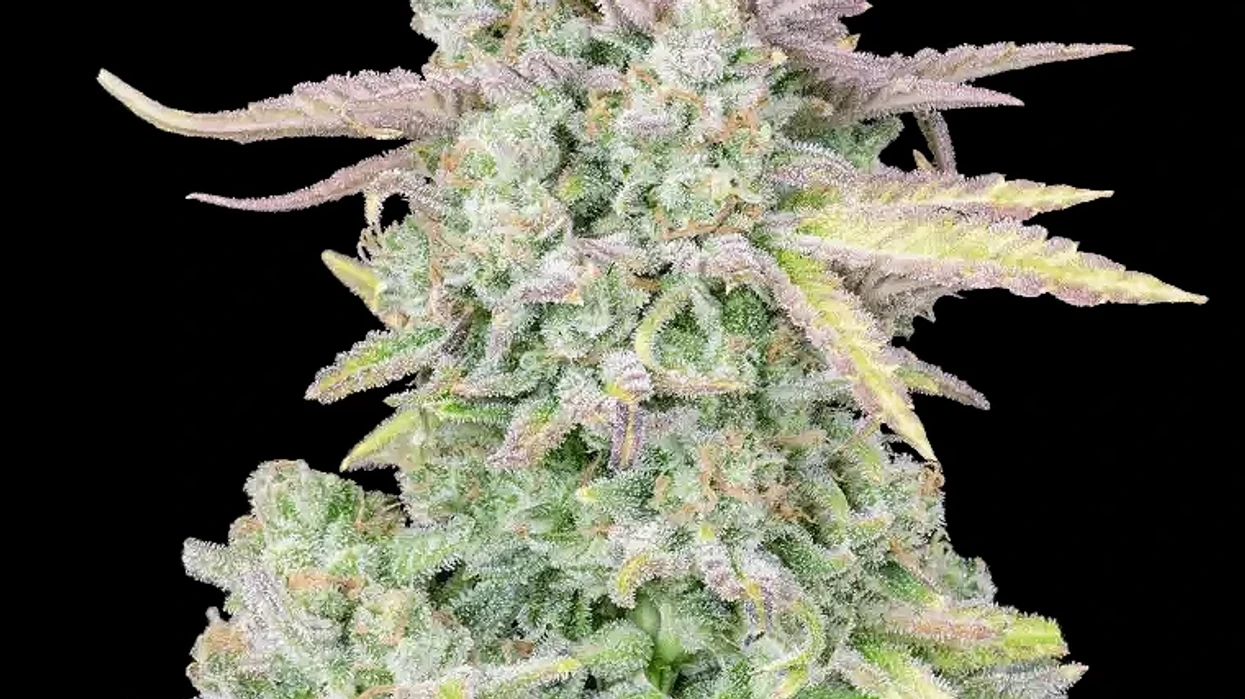




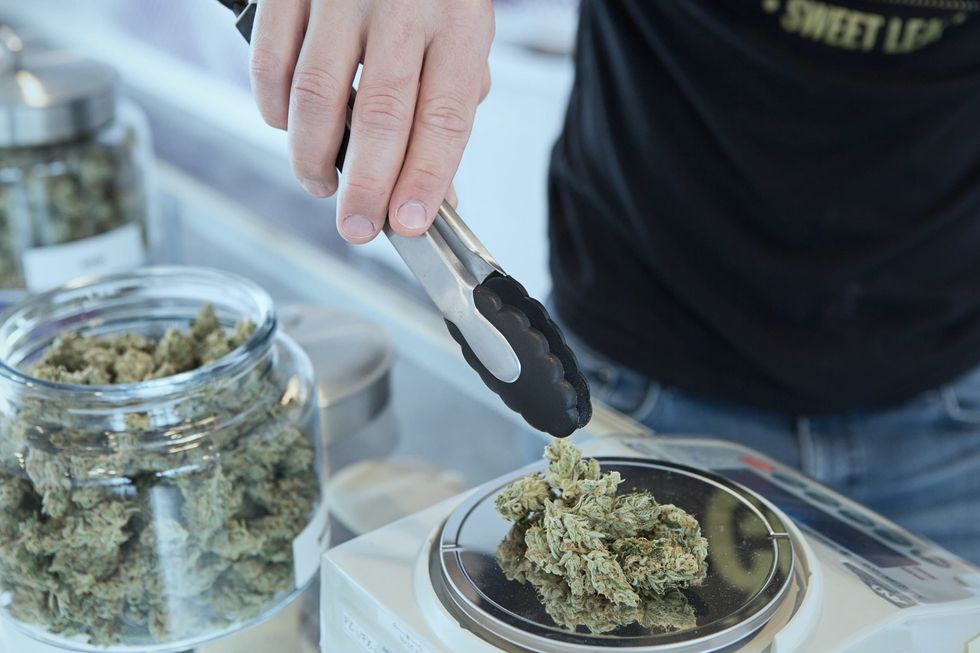 Finding the right cannabis cultivars for you is an important part of the process.Photo by Add Weed on Unsplash
Finding the right cannabis cultivars for you is an important part of the process.Photo by Add Weed on Unsplash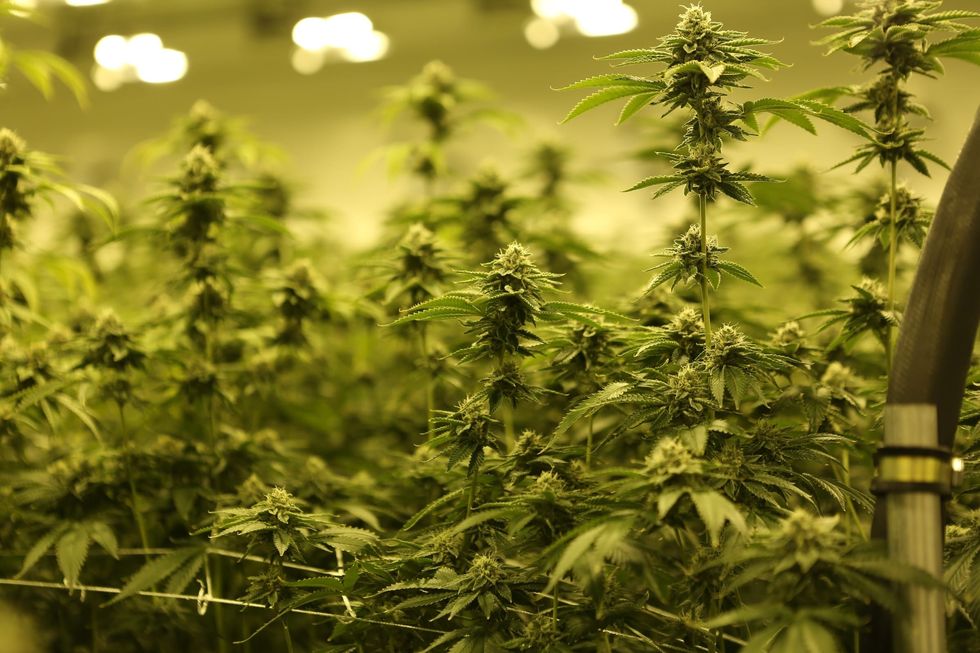 Some people prefer cannabis cultivated indoors. Others prefer sun-grown cannabis. And plenty of folks enjoy both.Photo by Next Green Wave on Unsplash
Some people prefer cannabis cultivated indoors. Others prefer sun-grown cannabis. And plenty of folks enjoy both.Photo by Next Green Wave on Unsplash
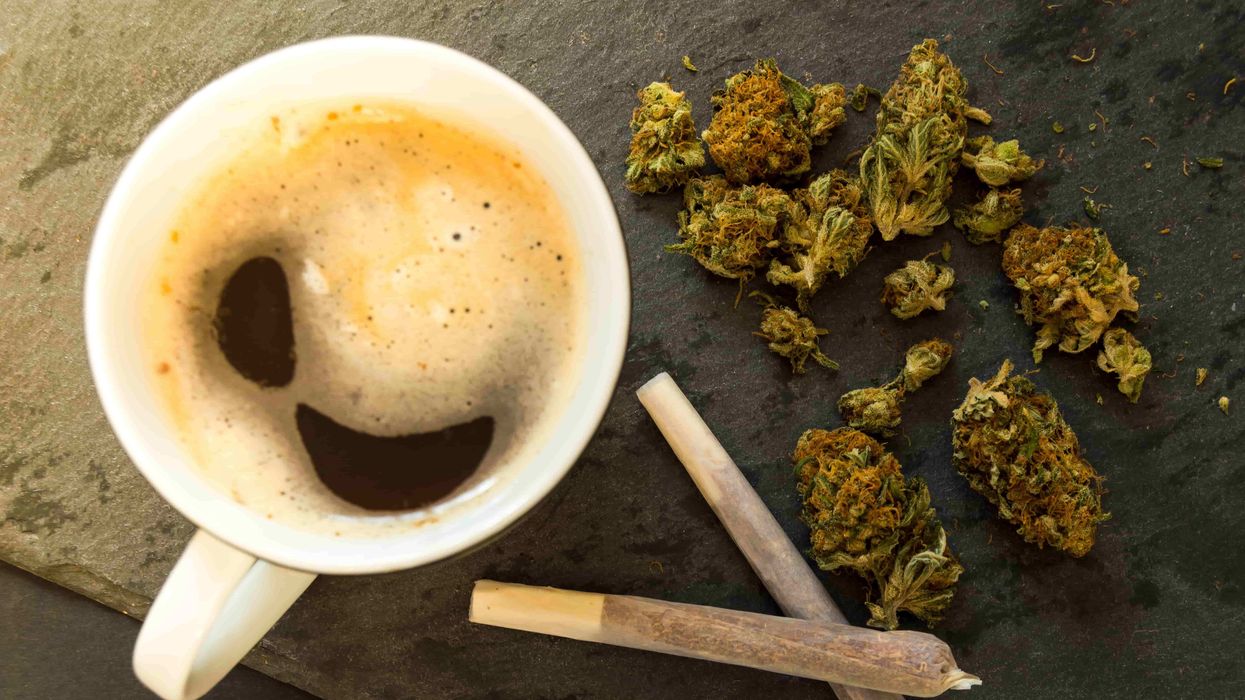

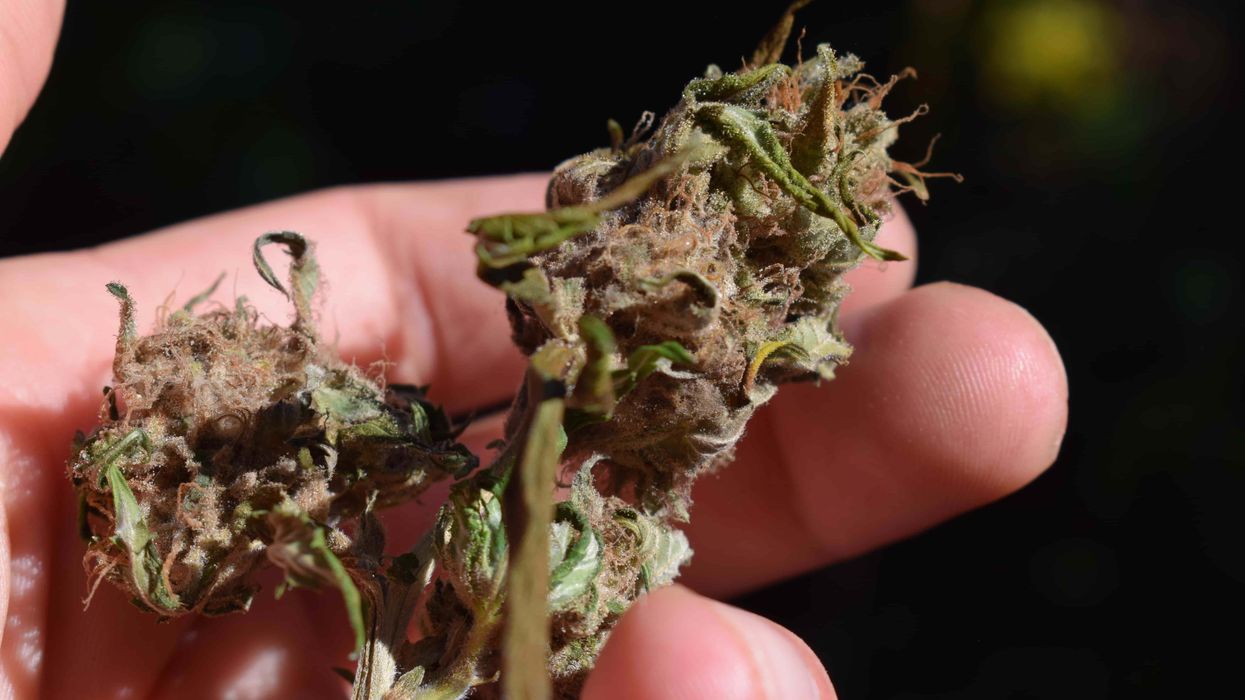
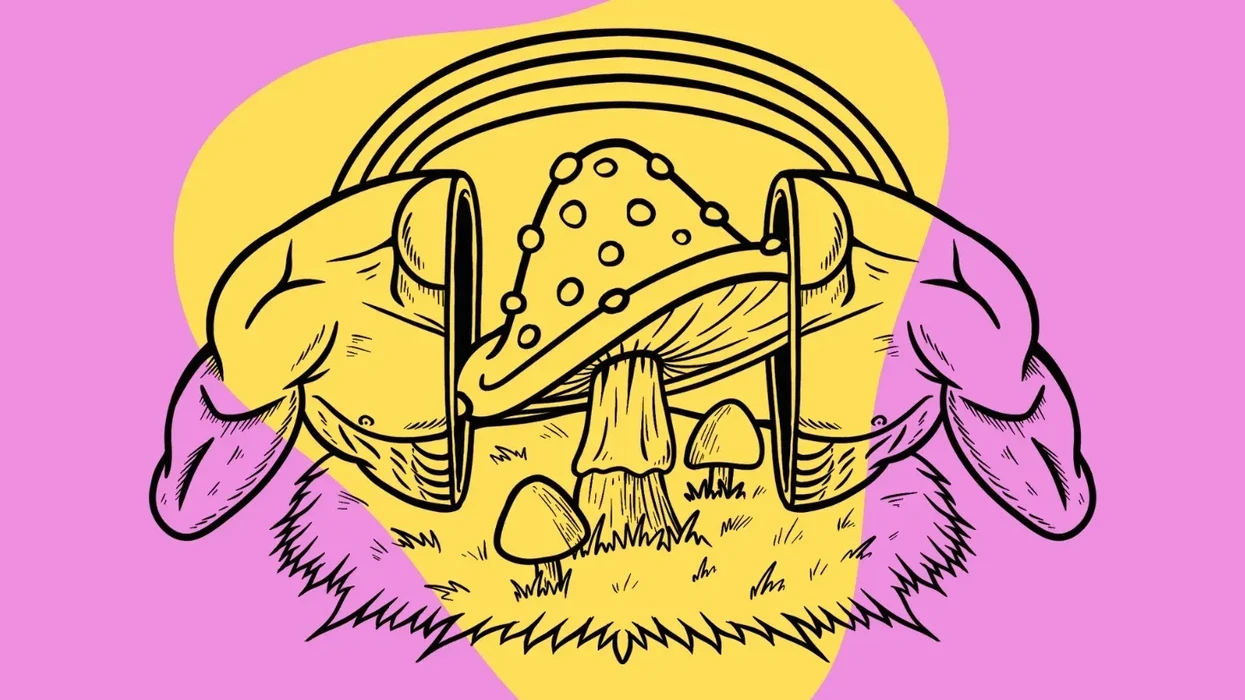
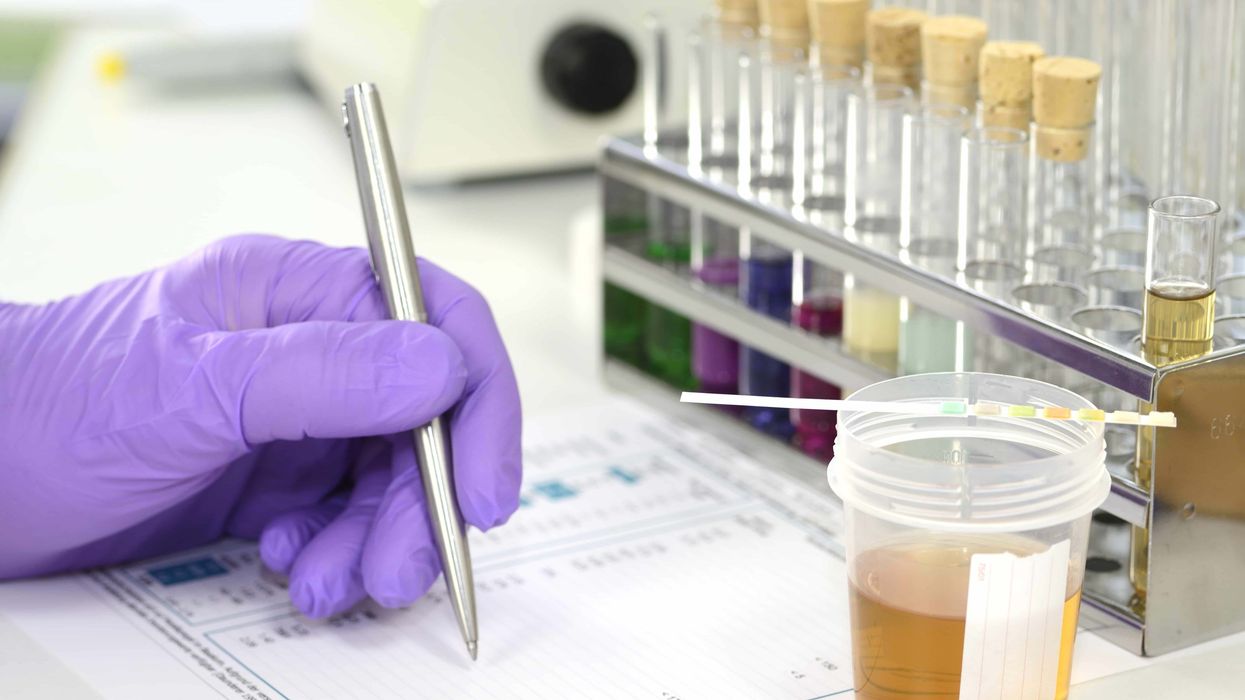
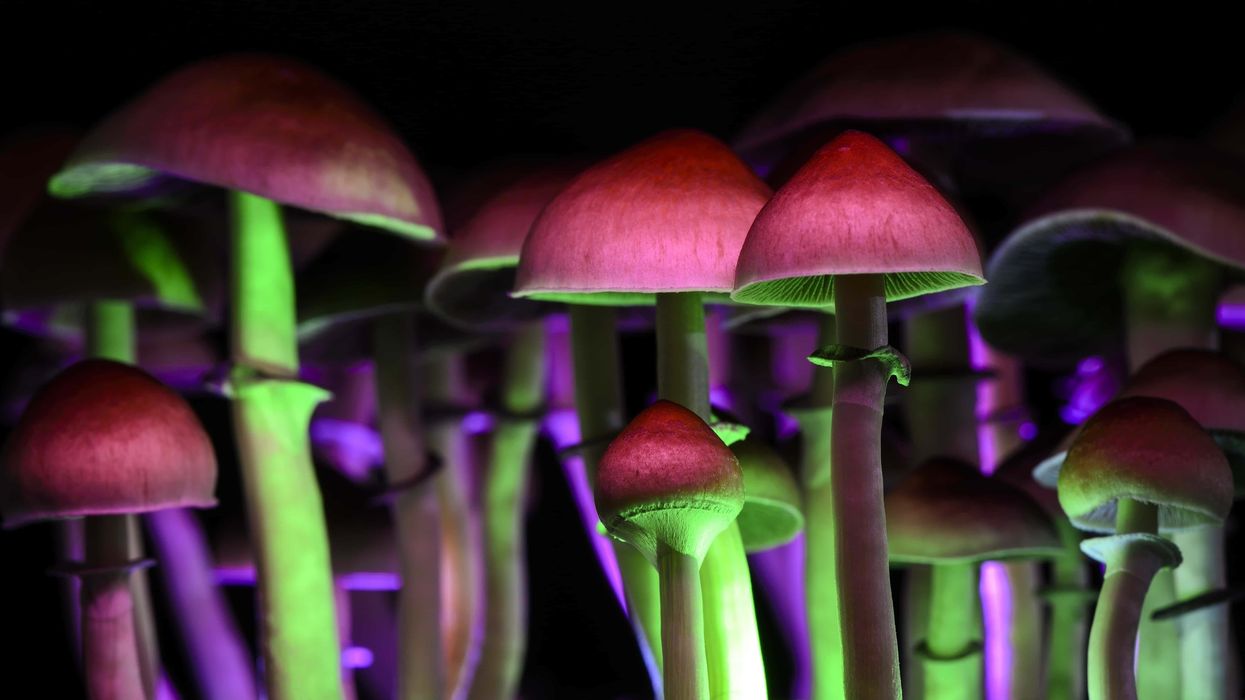
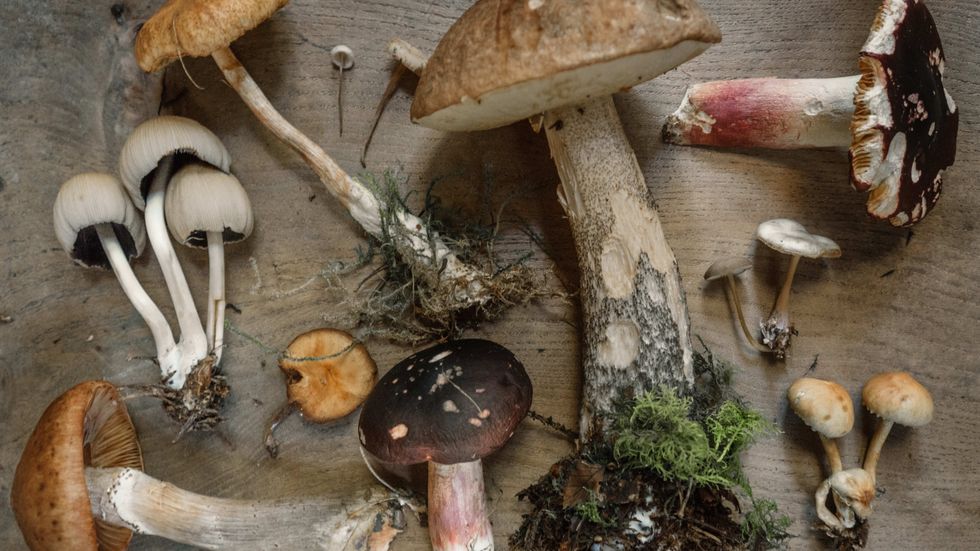 How Long Do Shrooms Last? Magic Mushroom Guide for Beginners - The Bluntness
How Long Do Shrooms Last? Magic Mushroom Guide for Beginners - The Bluntness Psilocybin can provide a life-altering experience. -The Bluntness
null
Psilocybin can provide a life-altering experience. -The Bluntness
null
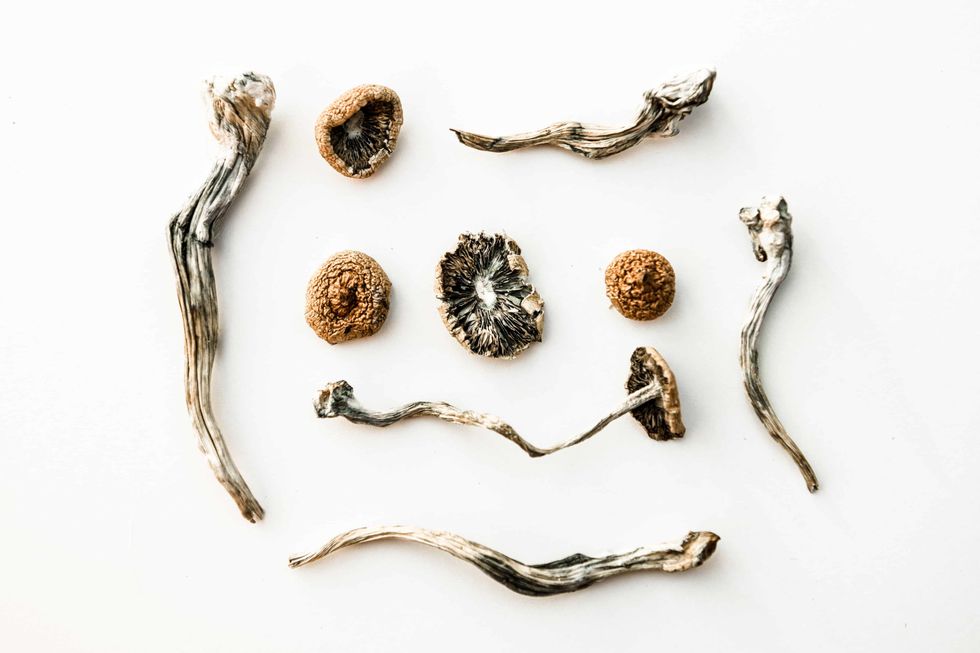 “Don’t diddle the dose. Once you have done your homework, go for it.” -- Terence McKenna
The Bluntness
“Don’t diddle the dose. Once you have done your homework, go for it.” -- Terence McKenna
The Bluntness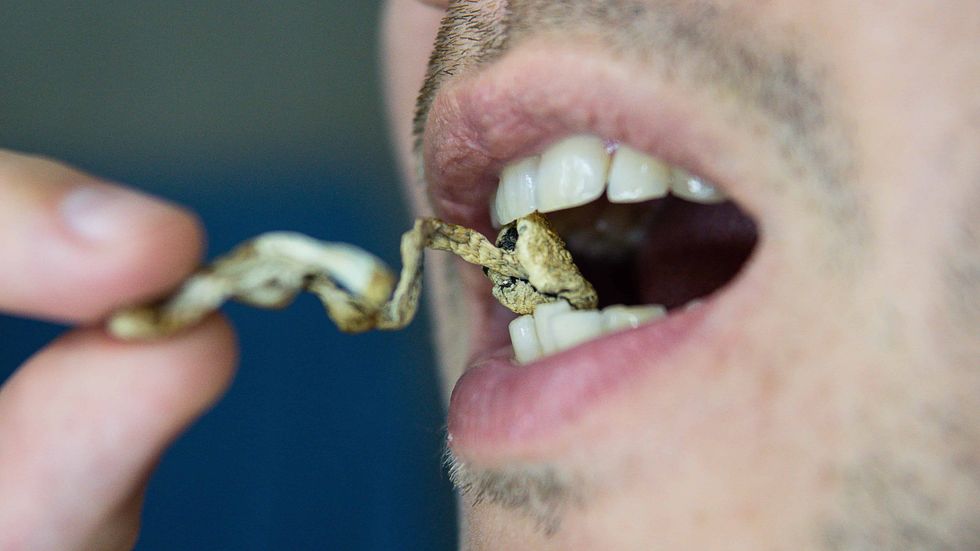 These mushrooms taste gross, but there are ways around that.The Bluntness
These mushrooms taste gross, but there are ways around that.The Bluntness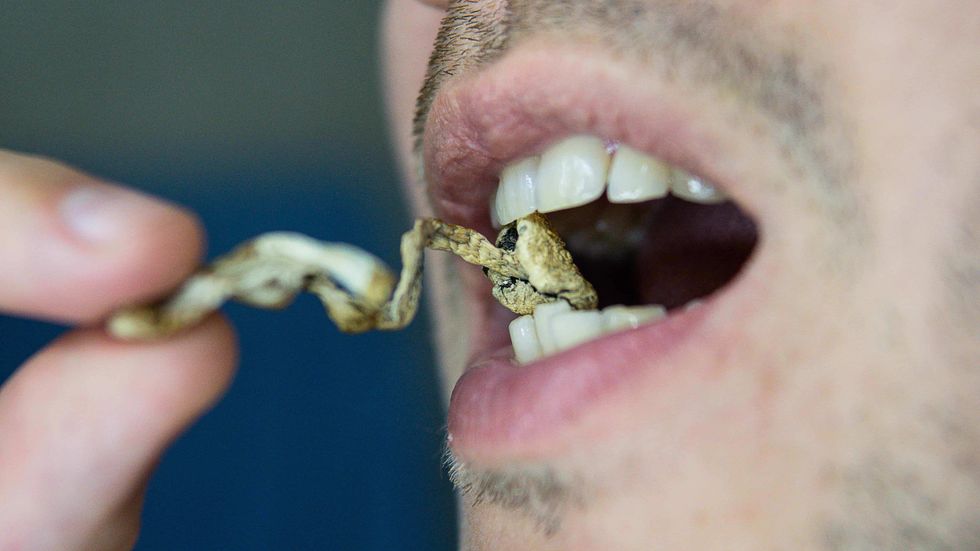 These mushrooms taste gross, but there are ways around that.
These mushrooms taste gross, but there are ways around that.
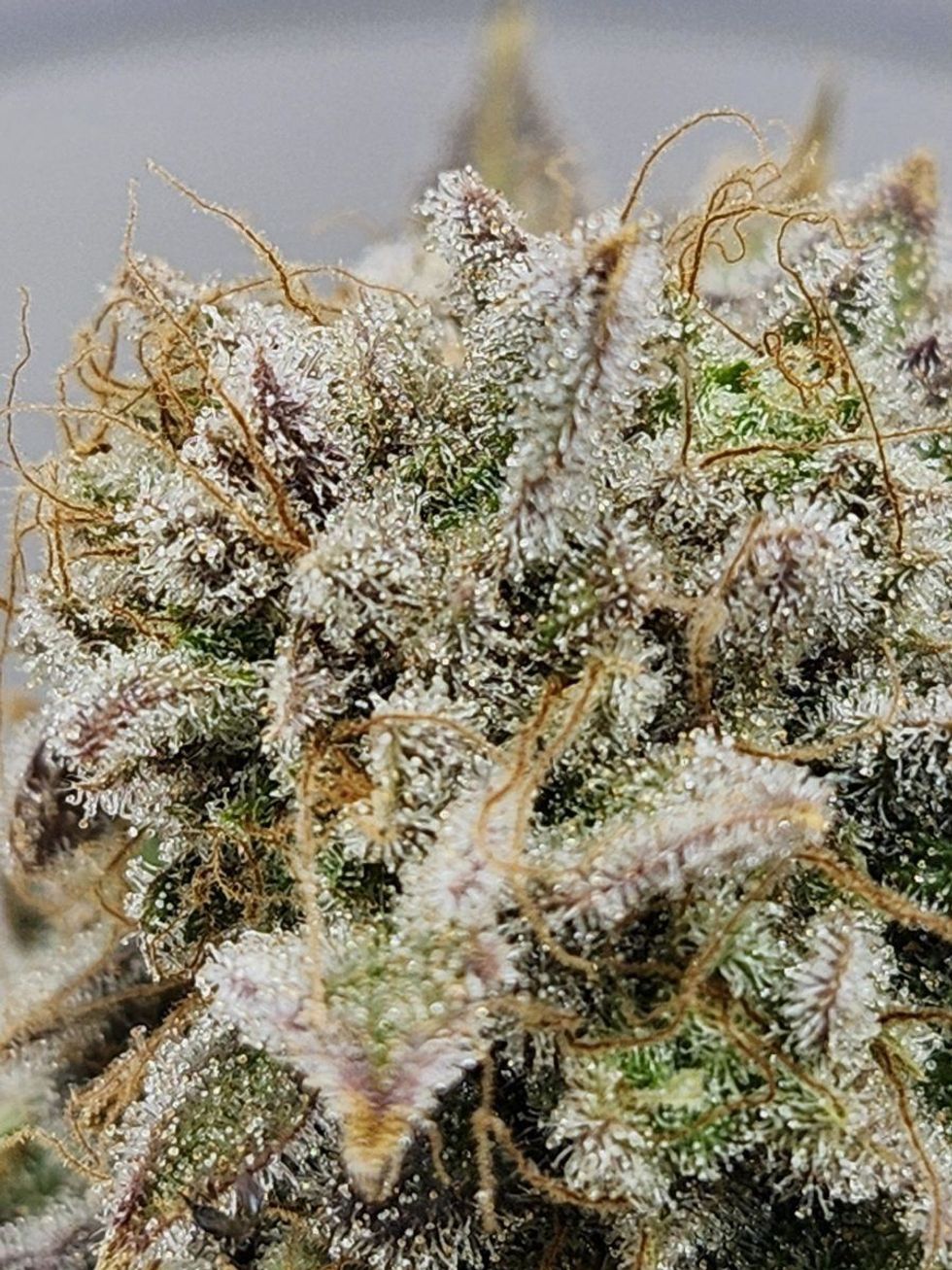 Acapulco Gold Cannabis Strain Review - The Bluntness
Acapulco Gold Cannabis Strain Review - The Bluntness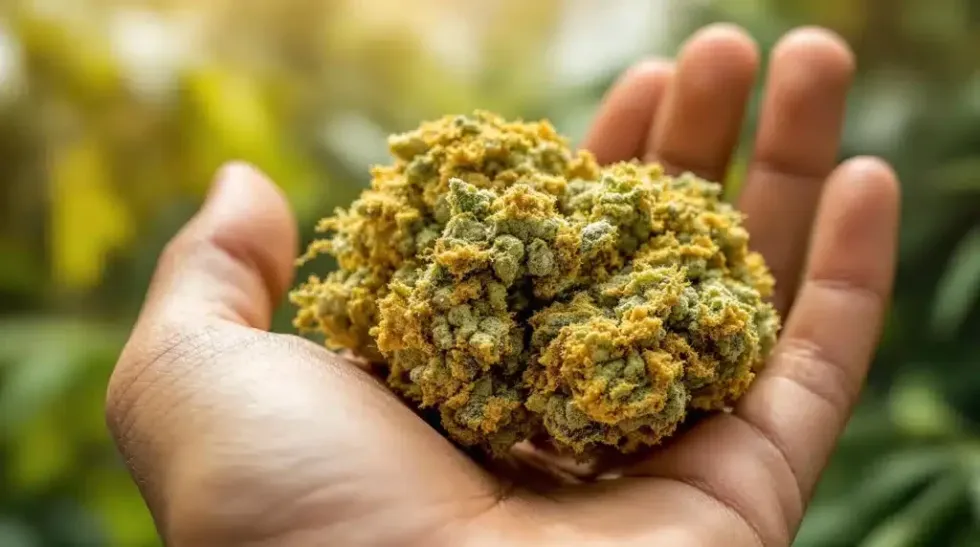 Acapulco Gold Cannabis Strain - The Bluntness Blimburn Seeds
Acapulco Gold Cannabis Strain - The Bluntness Blimburn Seeds
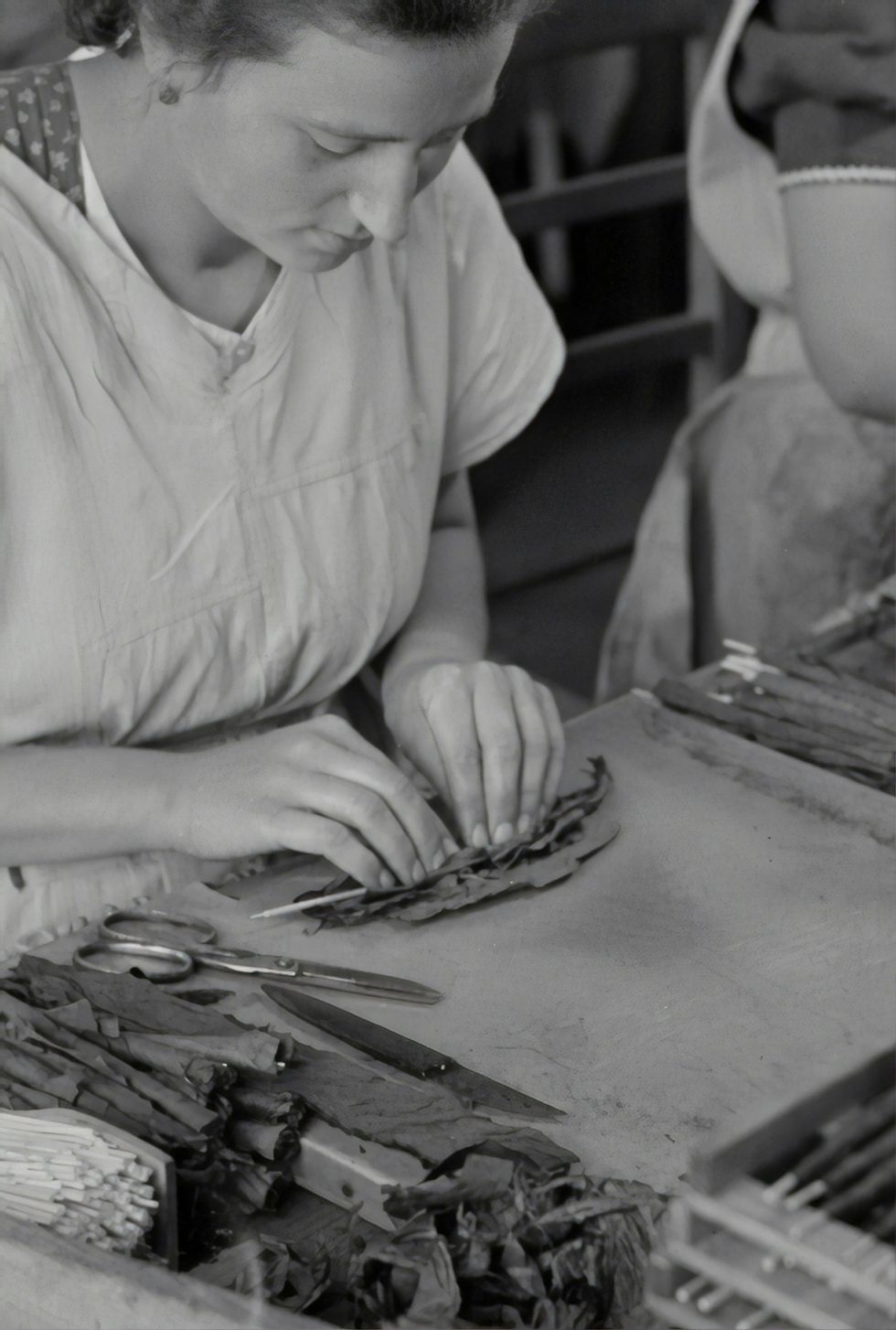 How to Make a Cannagar Without a Mold: A Comprehensive Guide - The Bluntness
Photo by
How to Make a Cannagar Without a Mold: A Comprehensive Guide - The Bluntness
Photo by 
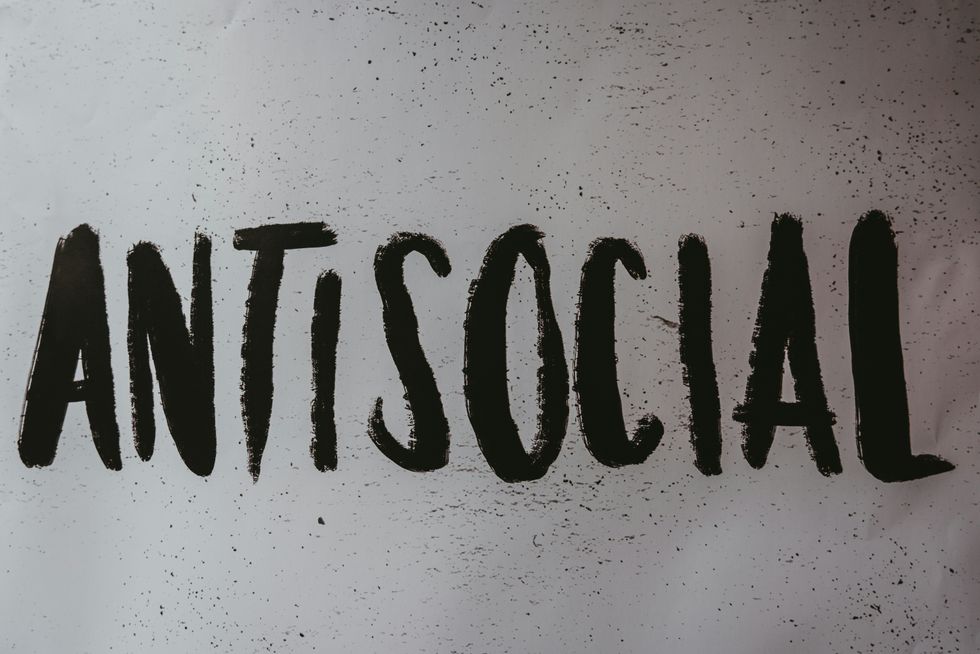 Recognizing the Signs of Antisocial Behaviors - The Bluntness
Photo by
Recognizing the Signs of Antisocial Behaviors - The Bluntness
Photo by  Weed Makes Me Antisocial: What To Do - The Bluntness
Photo by
Weed Makes Me Antisocial: What To Do - The Bluntness
Photo by